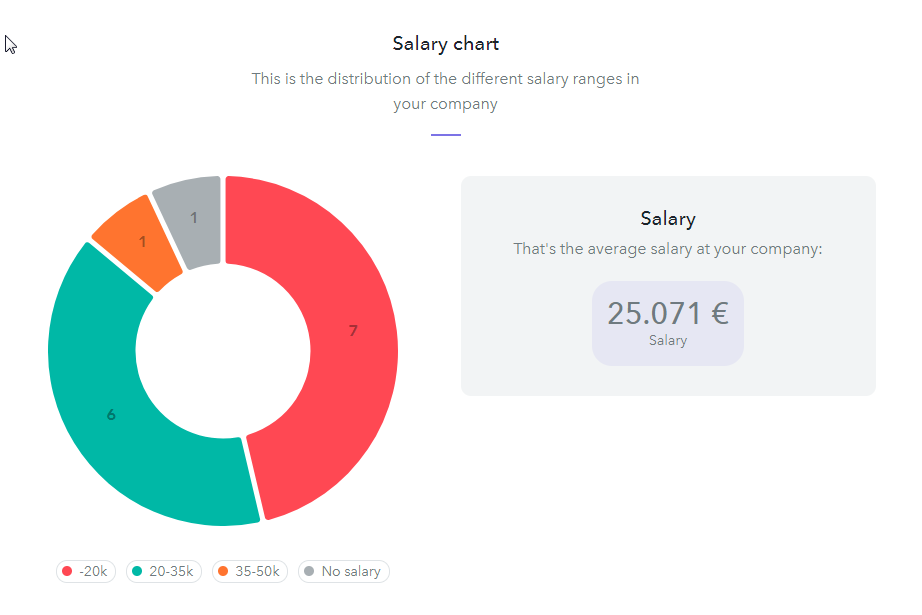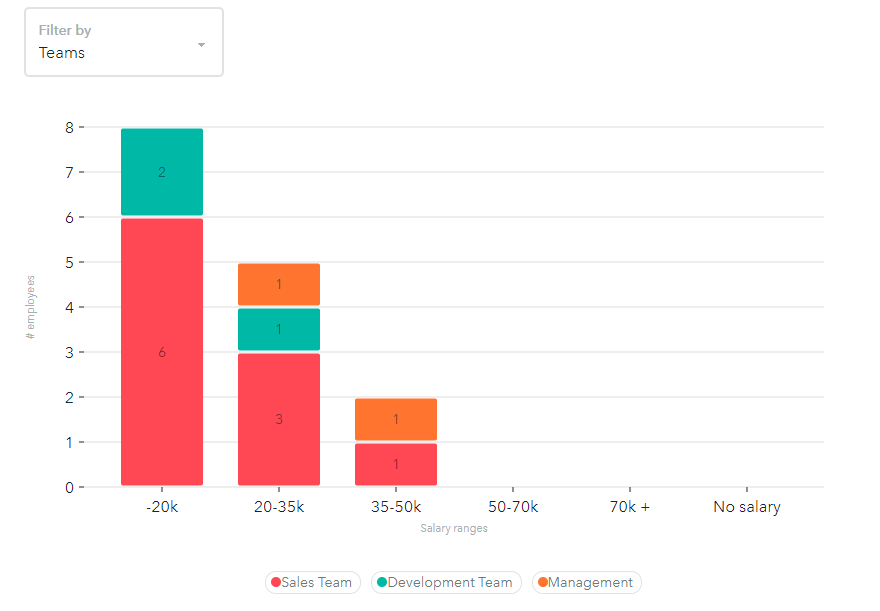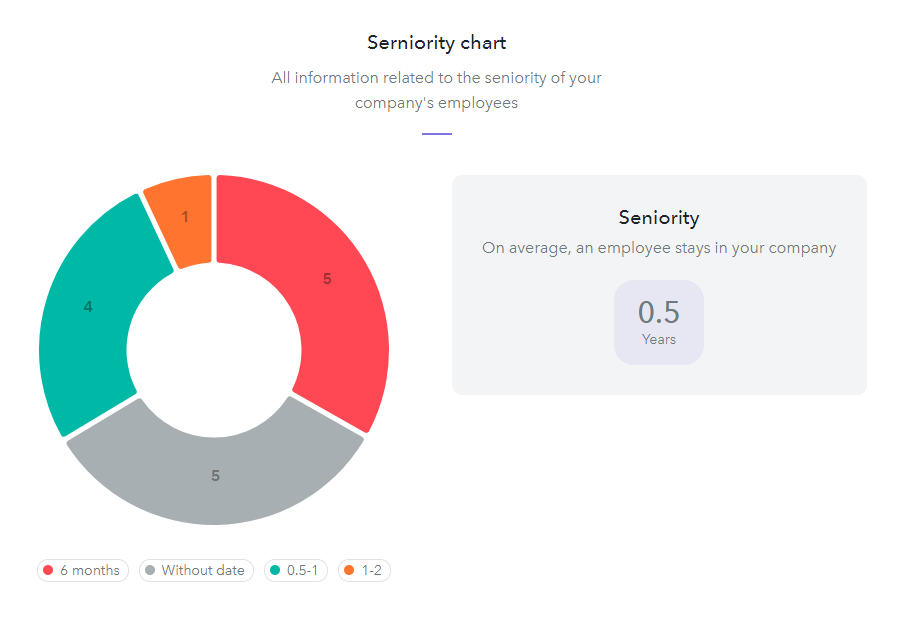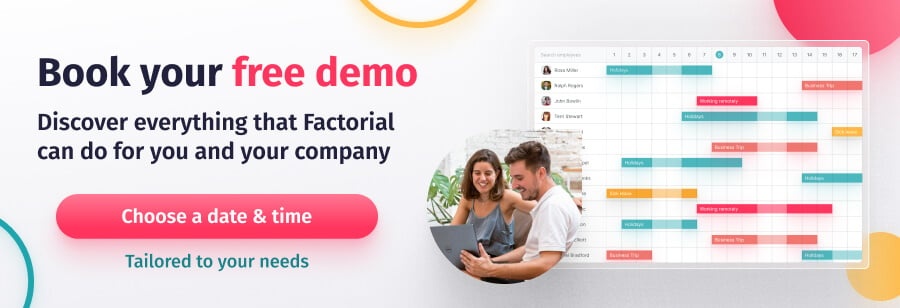Data gives companies loads of insights into company functions, figuring out where things are going wrong and what’s working. Most companies (68%) use basic HR analytics, and just over half (53%) use more advanced analytics. However, fewer companies use analytics to give recommendations (43%) or predict future trends (34%), which are crucial to business success.
Here is what you need to know about HR reports and analytics and how they can help your company thrive in today’s competitive landscape.
What is HR Analytics?
HR analytics covers historical data, key metrics, data collection, predictive HR analytics, any raw data, or any other data points that give insights into your workforce dynamics.
This information is crucial for just about any company function. Depending on your HR data, you can steer your internal strategies, company projects, or even your culture ambitions in the desired direction. Whether it’s identifying trends in employee performance, predicting turnover, or understanding the impact of HR initiatives, these analytics enable HR professionals to possess the foundation for informed decision-making, transforming data into actionable strategies that drive the success of your organisation.
The Role of HR in Monitoring HR KPIs
With a capable HR department at one’s disposal, gathering key metrics becomes a strategic advantage. HR can identify trends, flawlessly manage employee data, and integrate analytics with organisational goals. Some of the most beneficial elements of HR when it comes to the monitoring of HR analytics are:
-
- Endless Expertise: HR professionals bring an in-depth understanding of the intricacies of human behaviour in the workplace, allowing them to interpret analytics in the context of the company culture and employee dynamics.
- Alignment with Business Objectives: HR ensures that HR metrics align with broader business objectives. This alignment enables the organisation to make data-driven decisions that contribute directly to overall success.
- Talk and Action: HR serves as a bridge between raw data and actionable strategies. HR professionals contribute significantly to improving organisational performance and employee satisfaction through effective communication and implementation of HR analytics findings.
5 Types of HR Reports and Analytics
A wide array of HR reports and analytics can be useful to the human resources department. Here are the top 6 metrics that you should be taking into account.
1. Age-Human Resources Reports
Age reports show the different age groups inside your company. They are particularly helpful to know the average age of your business and understand your employees’ current situation and necessities. Based on this data, you can see the age profile of all your workers and decide what kind of benefit to offer each group of employees: childcare checks, transport, health insurance or even retirement plans.

2. Compensation-Human Resources Reports
Compensation Reports are very useful to know if your company is offering competitive compensation that matches the salary on the market for each position. Knowing the average salary of your company can help you identify ways to optimise it, for example, offering benefits to improve your employee’s salary and decrease the turnover rate of your staff, implementing flexible payment plans to improve the average salary or just comparing what your company pays in comparison to other business.

Other important information for the human resources department is knowing each department’s salary range or even according to the employee’s gender.

3. Headcount-Human Resources Reports
New businesses will likely want to know their growth rate for the past few months. A high growth rate may require more help with onboarding new employees and activities to help them get to know their colleagues. Team building activities are usually for teams that are hiring more aggressively or that have grown a lot in a short period. Some companies offer breakfast weekly in the office to facilitate easy communication and contact before work starts. Others may organise group activities like Room Escapes or after work.
4. Seniority- Human Resources Reports
Seniority reports allow the human resources department to know how long an employee stays in the company. Most of the time, seniority is strongly related to workplace motivation. It’s normal for an employee to lose motivation over time, so if your employees work for an average of two years in the company, you should pay attention and make changes, as employees leaving after a short amount of time has very high costs to the business. It has been estimated that workforce discouragement implies 34% of the losses of a business. This data lets you foresee the situation and work on your employees’ engagement.

5. Turnover Report
Strongly tied to the previous report, the turnover report can show how many employees have left in the last year. This information is useful to know the turnover rate’s monthly cost on the company. In addition to the costs associated with an employee leaving, you have to bear in mind a total loss of 4 or 6 months of the new employer’s salary and the time needed for them to learn and control what their new position entails before they start to be productive.
How to use HR Analytics and Reports to Grow your Business
Successful HR teams and their companies have used data analytics to optimise several business processes. The primary things you’d want to do when using HR analytics and HR reports to grow your business are identifying trends, leveraging predictive analysis, and fostering data-driven decision-making. But there’s much more to it. Here are some of the best ways to harness the power of HR analytics for business growth.
Enhancing Talent Acquisition
Survey data shows that recruitment and selection stand out as the second most frequently mentioned area for applying HR analytics by 45% of respondents. In the competitive talent acquisition landscape, HR analytics can streamline the process by analysing past recruitment data, identifying successful hiring patterns, and using predictive analytics. The result? More informed decisions when sourcing, evaluating, and hiring candidates!
Improving Employee Engagement
HR analytics can help measure and understand engagement levels, identify factors contributing to disengagement, and adopt targeted strategies to improve employee satisfaction and productivity. Optimising engagement levels can only bode well in the long run.
Optimising Training and Development
HR analytics provide valuable insights into employee skill sets and training needs. When analysing such data, HR teams can develop targeted training programs, identify high-potential employees, and check that the workforce has the skills to meet current and future business challenges.
Strategic Succession Planning
HR analytics and succession planning go hand in hand, as data can aid in identifying high-performing individuals, assessing leadership potential, and creating a talent pipeline for key roles. This strategic approach guarantees a smooth transition and continuity in leadership positions.
Measuring Diversity and Inclusion Impact
You might not have expected this, but HR analytics is pivotal in promoting diversity and inclusion. Why? They measure the impact of diversity initiatives, tracking representation across different levels of the organisation and looking for areas for improvement along the way. A systematic approach to building an inclusive and innovative work environment!
Generate HR Reports Automatically with Factorial
Factorial’s HR analytics and reporting tools give you a clear perspective on employee productivity and performance, empowering your managers to make data-driven decisions. You can create custom reports, visualise all your data, and integrate with tools like PowerBI for comprehensive analytics. Moreover, you can monitor time tracking, 360° performance analytics, and real-time market data for competitive compensation packages.




